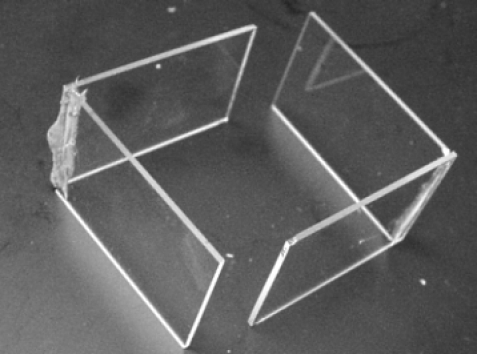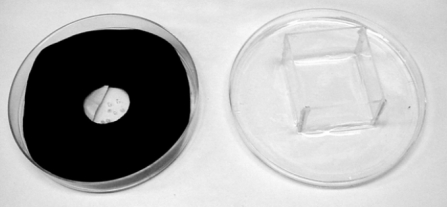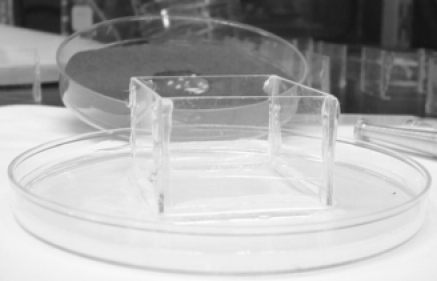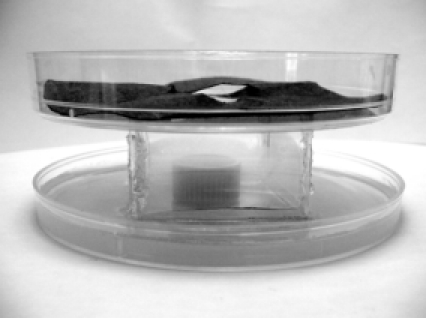Abstract
Aggression is an innate behavior that evolved in the framework of defending or obtaining resources. This complex social behavior is influenced by genetic, hormonal and environmental factors. In many organisms, aggression is critical to survival but controlling and suppressing aggression in distinct contexts also has become increasingly important. In recent years, invertebrates have become increasingly useful as model systems for investigating the genetic and systems biological basis of complex social behavior. This is in part due to the diverse repertoire of behaviors exhibited by these organisms. In the accompanying video, we outline a method for analyzing aggression in Drosophila whose design encompasses important eco-ethological constraints. Details include steps for: making a fighting chamber; isolating and painting flies; adding flies to the fight chamber; and video taping fights. This approach is currently being used to identify candidate genes important in aggression and in elaborating the neuronal circuitry that underlies the output of aggression and other social behaviors.
Protocol
1. Assembling the chamber walls
Take two plain glass slides, mark the middle at the two edges and using a straight edged ruler as a guide, score the glass with the diamond cutter.
Slide the diamond cutter back and forth a few times until you hear a scraping noise.
Wash the glass, and holding it with two paper towels over a broken glass receptacle, apply gentle pressure close to the scored line with the scored sidefacing away from you to break the slide into two halves.
Generously apply the glass adhesive along an edge of one piece of glass and push a second piece of glass against the adhesive at a right angle to the first piece. Place down on a flat surface (aluminum foil, waxed paper or regular paper) and allow to set for at least an hour.
After an hour, repeat the application of the adhesive step to form a square chamber and allow to harden overnight.

2. Placing the walls in a Petri dish
Take the top of a Petri dish and fill to a depth of at least 5 mm with a heated solution of 2% agarose (microwave the agarose in deionized water until it fully dissolves).
Wait a few minutes, but while still dissolved, place the walls of the chamber in the center of the dish. Take the bottom of the Petri dish, place it bottom side up. Using a flame-heated straight dissecting needle, make a set of small holes (> 1mm) in the center of the dish for ventilation. Make a larger hole (~ 4 mm diameter) slightly to the side for introducing flies to the chamber. Place a piece of removable label tape over the larger hole.


3. Making the food cup
Heat a vial of fly food to the point where the food is melted. Use a Pasteur pipette to transfer food to a scintillation vial closures filling it to form a flat surface at the top. Be careful to avoid air bubbles and allow to cool.
Make fresh yeast paste by grinding a small amount of dry yeast and a few drops of water in a mortar and pestle. Add more yeast or water until the consistency is thick enough to allow a small visible drop to be picked up by a toothpick and applied to the center of the food surface.
Place the vial of food in the center of the chamber and place the bottom of the Petri dish, inverted so that the sides are up and not obscuring the view, on top of the chamber. Introduce two 3-5 day old flies by aspiration into the chamber through the larger hole in the top. Cover that hole with tape and place a piece of black filter paper with a 2 cm hole cut in it into the top dish.
Place a desk lamp above the chamber, far enough away that it will not heat the chamber, and positioned so that it will illuminate the food surface. The entire assembly should ideally be placed in an environment with high humidity and a temperature of 22-25°C.



